
banner
CMC Blog
Roam Under the Dome
Our blog for the stories behind the exhibit, inside the film and beyond the museum.
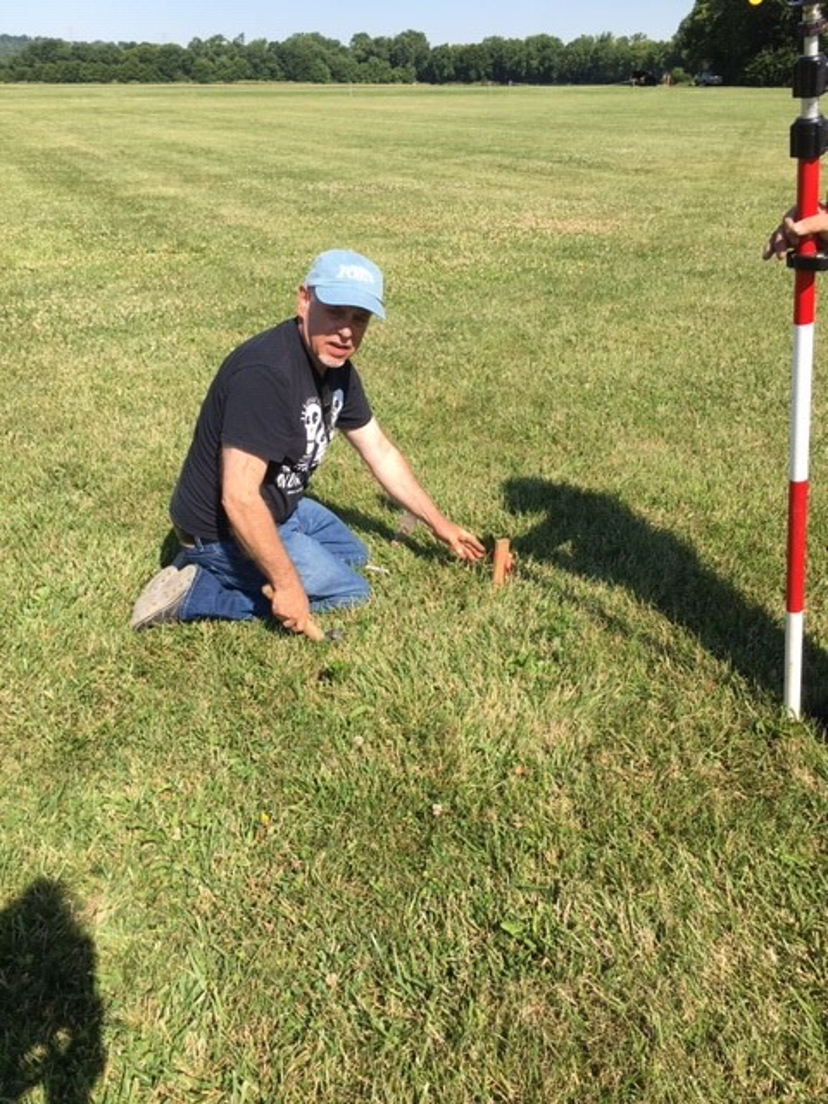
X Marks the Spot: Knowing Where we are in Archaeology Field Work
Bob Genheimer
Do you always know where you are? Well, when we are digging in the field, I can usually tell you to within a centimeter or two. Why is this important? It is because the “control” of space allows us to more adequately reconstruct what is going on at a site.
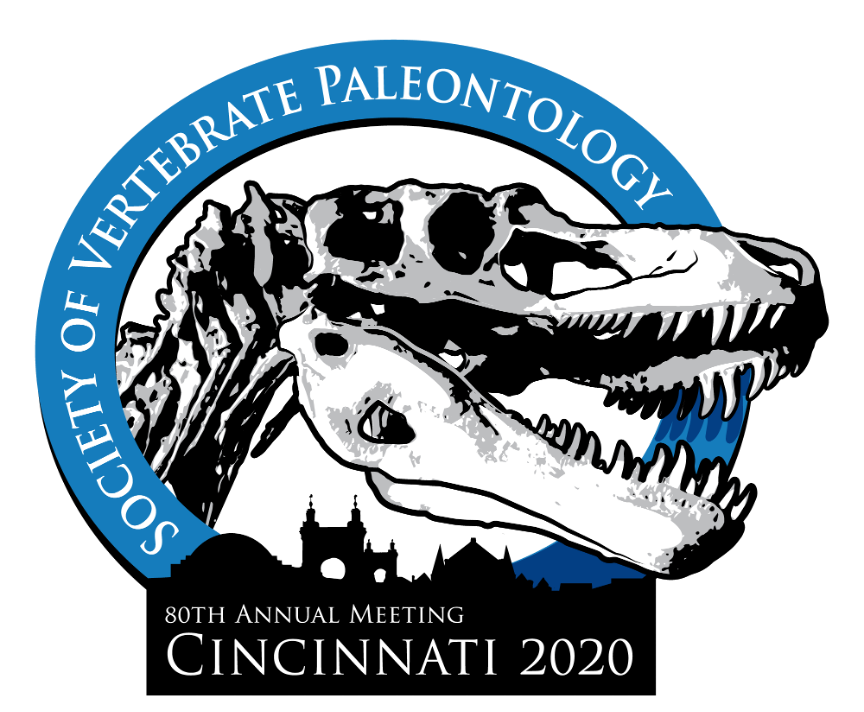
The (Ancient) World Comes to Cincy!
Glenn Storrs
These are strange times, indeed, what with much of the world on lockdown due to pandemic. However, time and events march on and there is perhaps cause to be optimistic for better times returning in the fall.
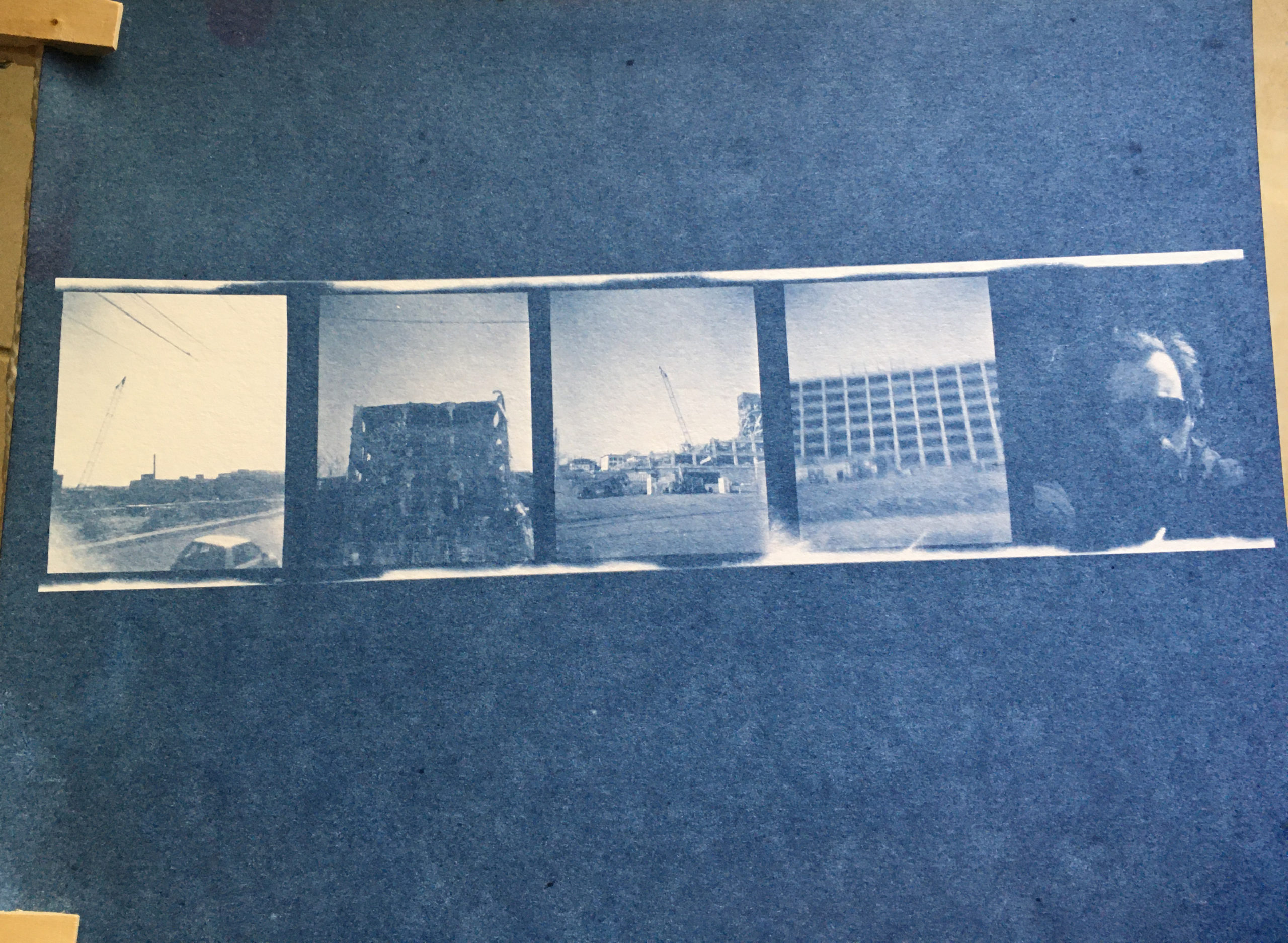
Early Photography – Cyanotypes
James DaMico
The Photography Department of Cincinnati Museum Center holds about 1 million photographic prints, negatives, slides, glass plate negatives, and cased images such as daguerreotypes. This article is about early photography using examples from my personal collection.
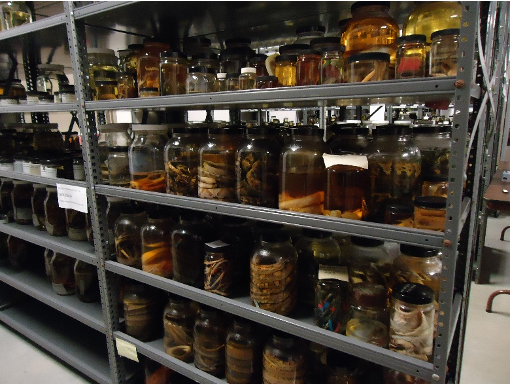
What’s in the jar?
Heather Farrington
The Zoology collections at Cincinnati Museum Center are divided into “fluid” and “dry” collections. The fluid collection space is one of my favorites at the museum – it is equal parts creepy and fascinating for most visitors. In the dry collections, specimens are typically skinned (removing all the organs and soft tissue), stuffed, and dried.
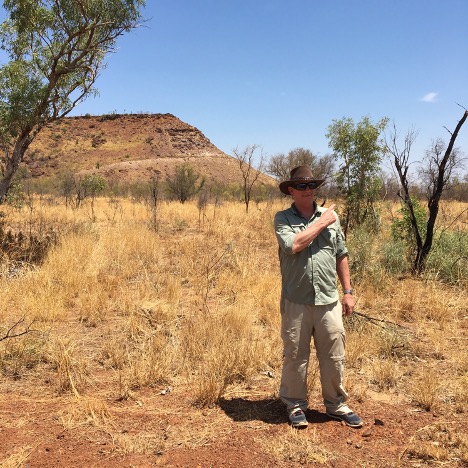
Waltzing Matildasaurus!
Glenn Storrs
OK, so there is no such thing as Matildasaurus, but there is a Muttaburrasaurus, an Early Cretaceous ornithopod dinosaur from northeastern Australia. Paleontology is not the world’s most lucrative profession, but it does have its advantages, often including the ability to travel for work. During this period of Covid-19 quarantine for so many of us, it seems like an opportune time to relive a paleo-adventure and share a little virtual travel Down Under.
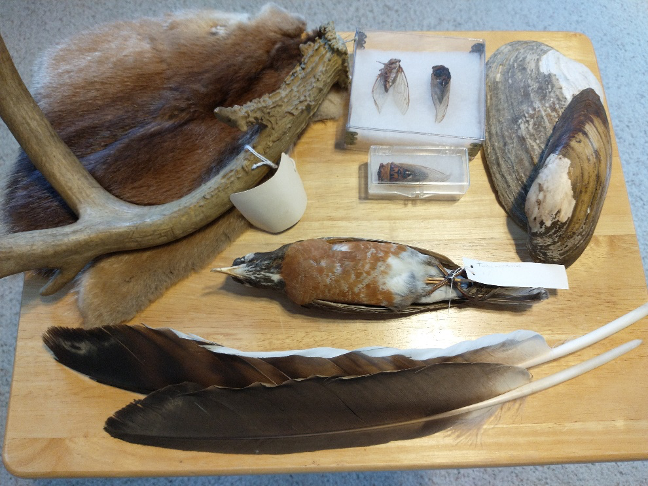
Zoology CSI
Heather Farrington
bannerCMC Blog Zoology CSI By: Heather Farrington, Curator of Zoology Even at the dawn of the genetic age, it was
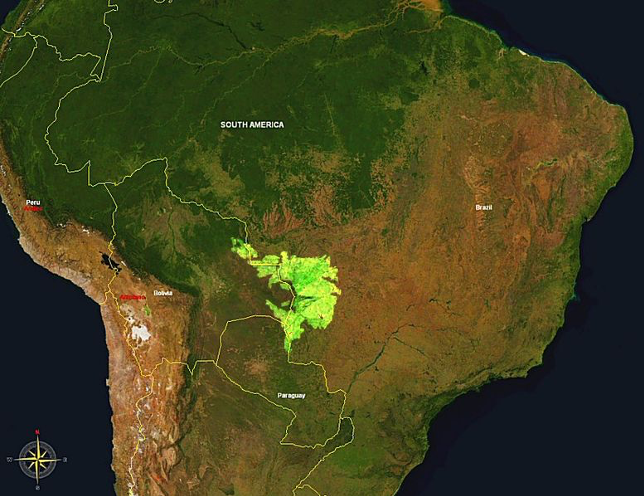
Adventures in Brazil’s Pantanal Region
Heather Farrington
Have you ever wondered what our curators do on vacation? Are we true nerds at heart and spend our vacations doing something related to our fields – visiting museums, libraries, archives, digging up fossils, exploring nature, or visiting historical and cultural sites?
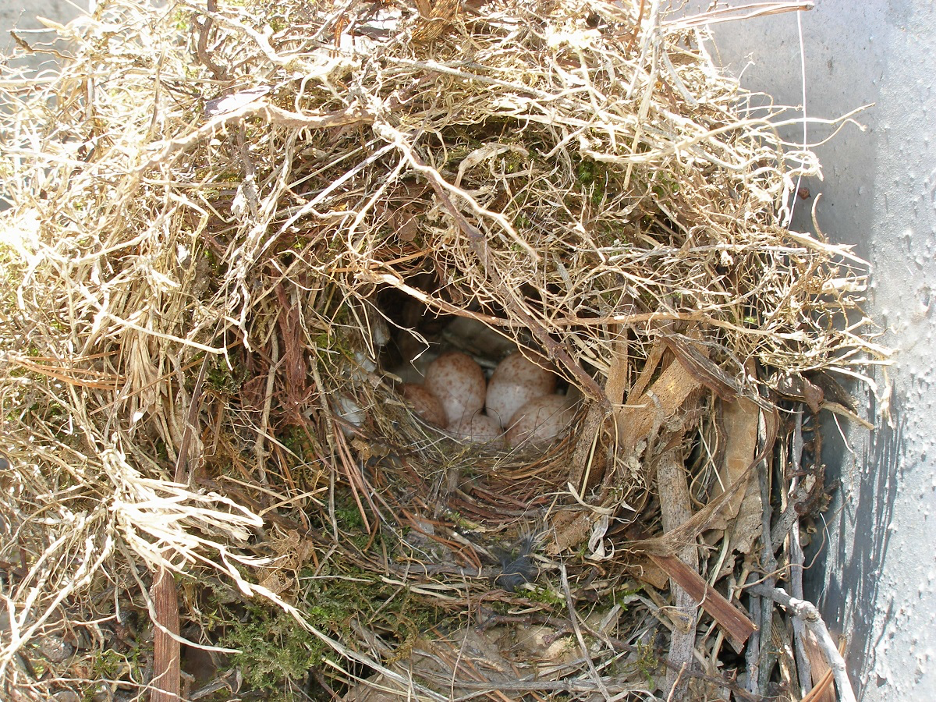
Be a citizen scientist with project NestWatch!
Emily Imhoff
Looking for an activity to get you out of the house this summer, while maintaining proper social distancing? Want to learn more about the animals living around you? Consider participating in Project NestWatch!
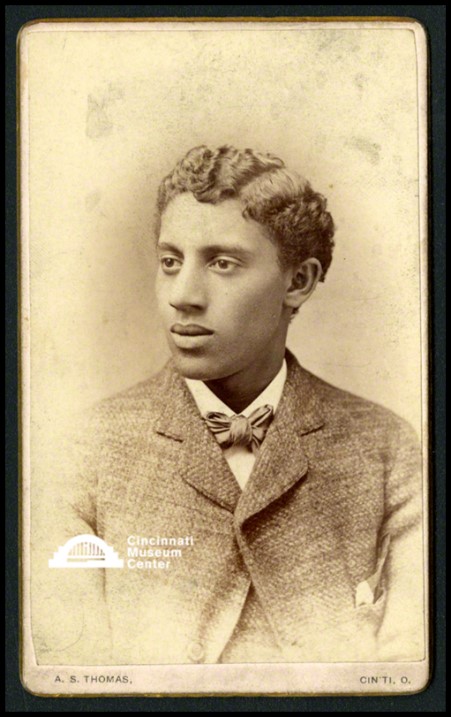
Early Photography – Part 4 of 4
James DaMico
The Photography Department of Cincinnati Museum Center holds about 1 million photographic prints, negatives, slides, glass plate negatives, and cased images such as daguerreotype. This article is about early photography using examples from our collection.
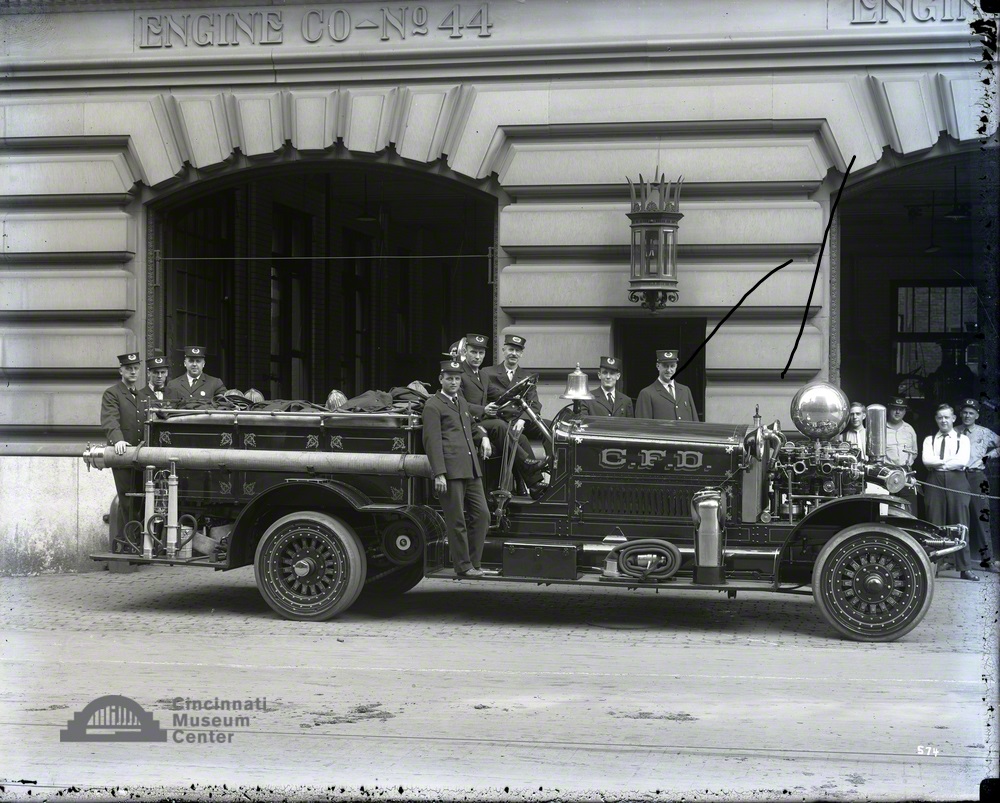
The Spanish Flu
Jill Beitz
In the midst of the 1918 influenza pandemic, Cincinnati’s Mayor made the decision to give up. There was pressure from businesses, saloons, clergy and citizens to allow them to get back to normal daily life. How did the city get to this point and what happened before and after?
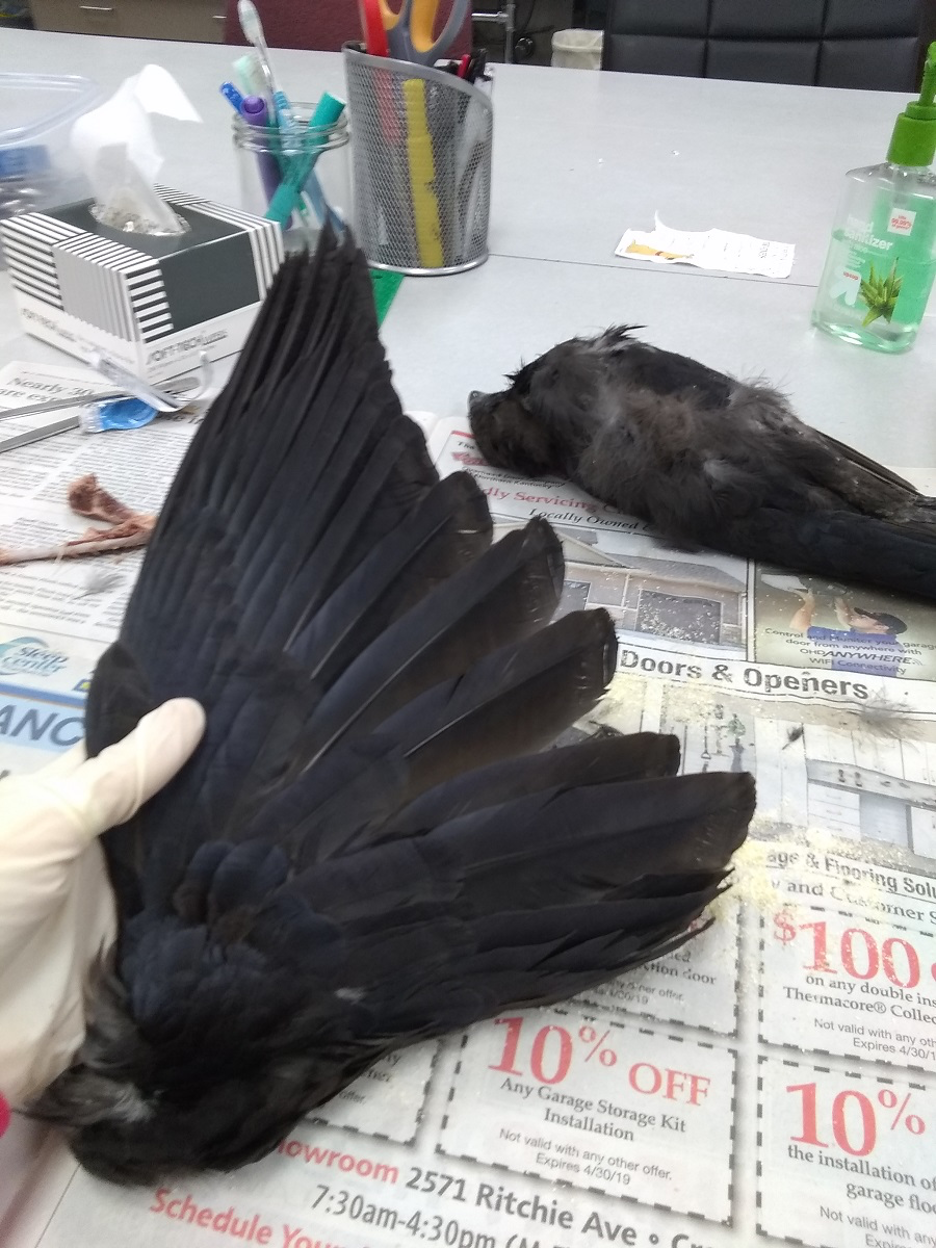
From Roadkill to Museum Specimen
Emily Imhoff
Below you will find a brief account of how we prepare bird skins for the museum collection. If you want to see this process in more graphic detail, we’ll provide some video links at the end.
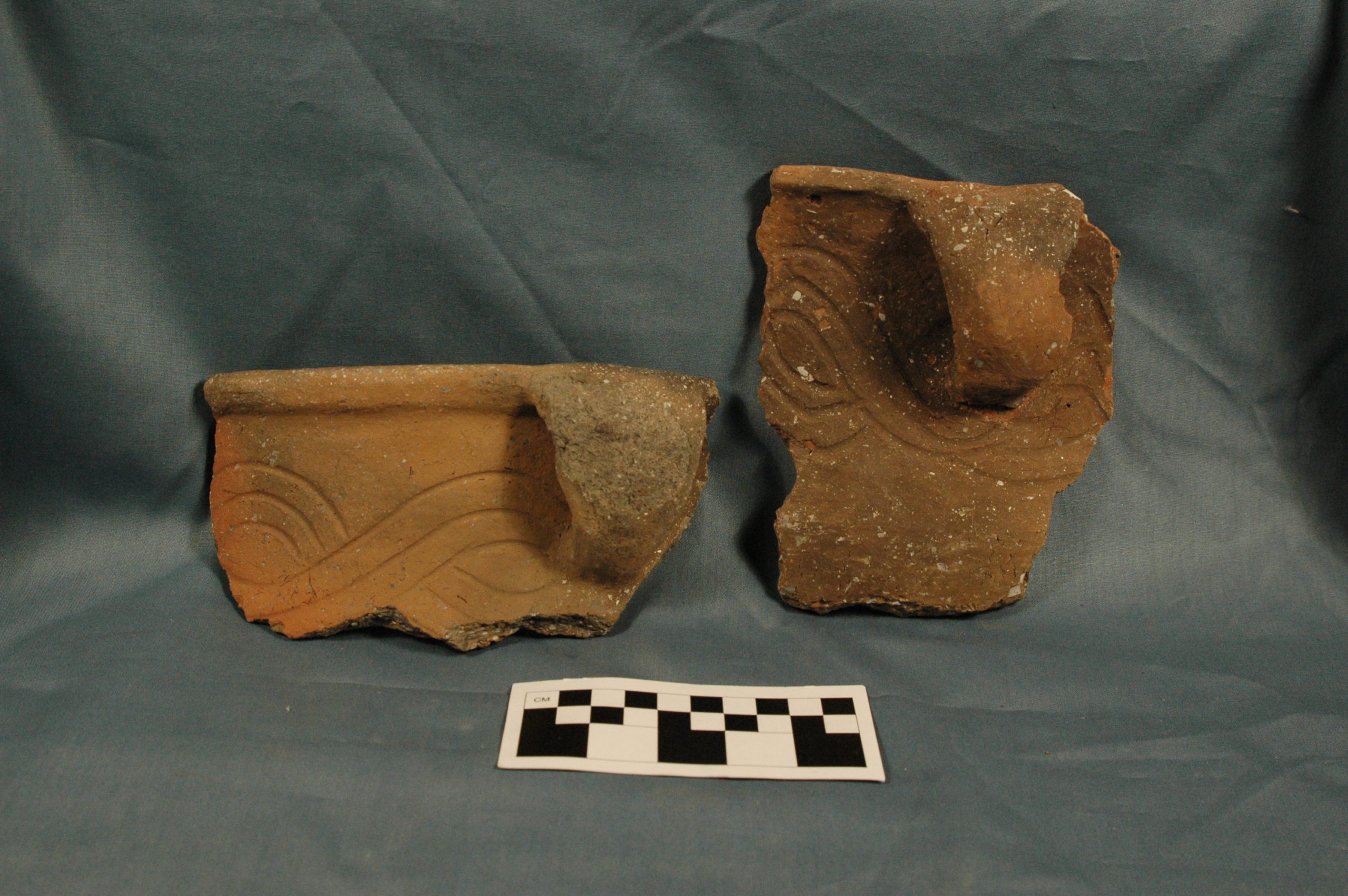
What’s in a Pot? Lessons from Native American Pottery
Bob Genheimer
Because most Native American pottery we discover through excavations or surface collections is broken into small pieces called sherds, people often ask us “what can those pieces tell us?” As it turns out, quite a lot!
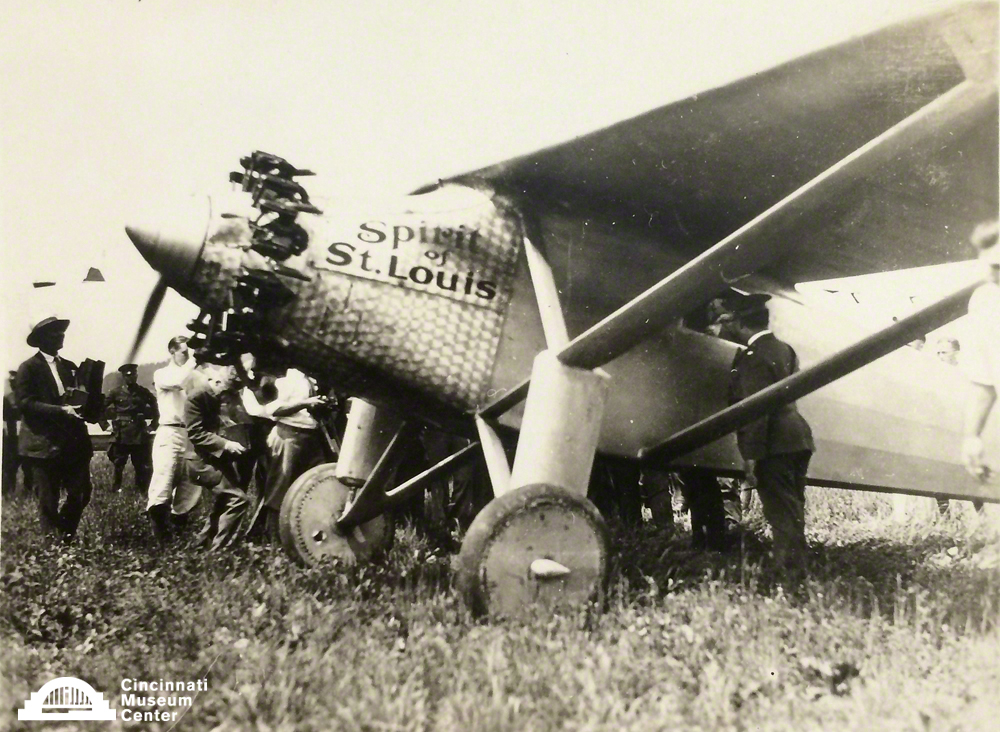
The Queen City Welcomes Charles Lindbergh and His Spirit of St. Louis, August 6, 1927
Scott Gampfer
Charles A. Lindbergh, an obscure 25-year-old air mail pilot, became an international celebrity when he became the first aviator to cross the Atlantic Ocean non-stop from New York to Paris, France.
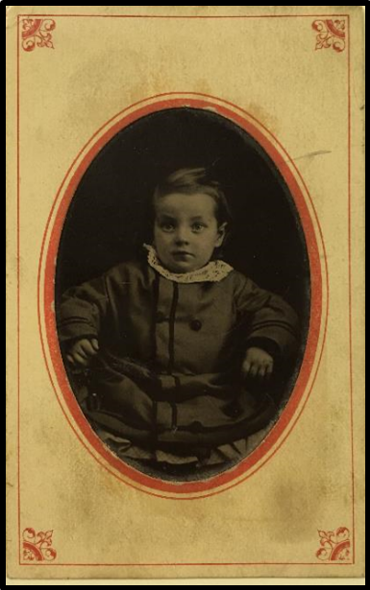
Early Photography Series 3 of 4 – Tintypes
James DaMico
A tintype is a wet-collodion process, same as the ambrotype, with the emulsion applied by hand, but on a dark lacquered iron plate instead of glass. The lacquer forms the dark background required to reveal the positive image. Tintypes are often coated with a protective varnish.
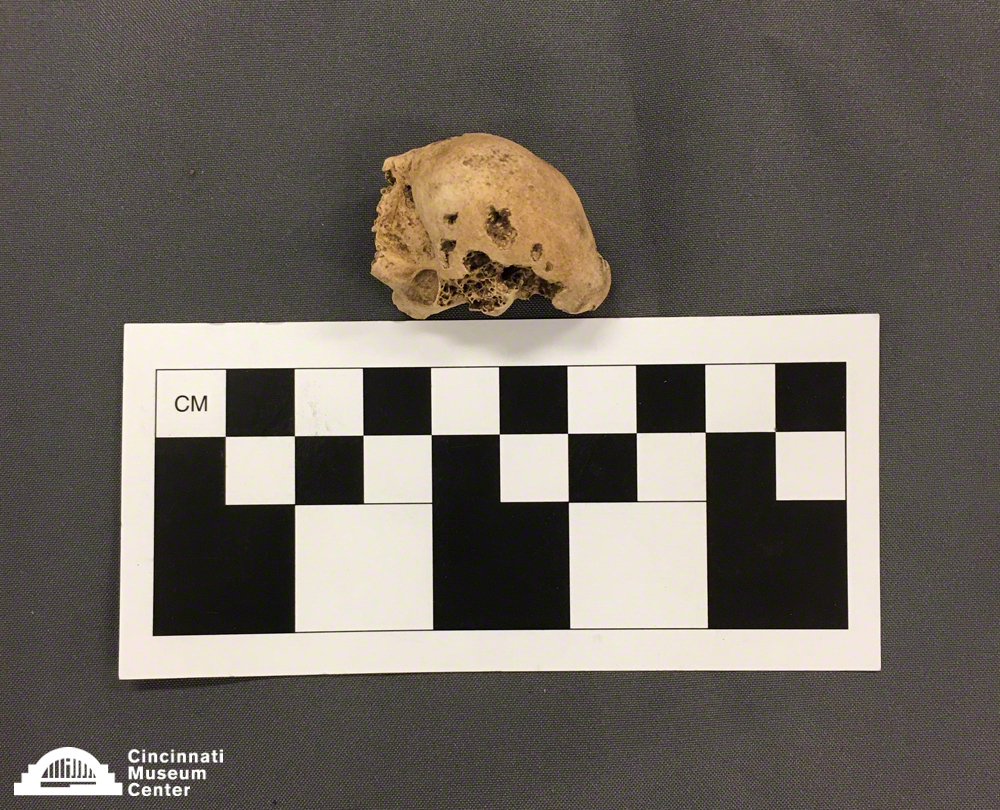
Archaeological Evidence for the Presence of Dogs at the Hahn Site
Cincinnati Museum Center Archaeology Intern
At the Hahn Site, located near the border of Anderson Township and Newtown, Ohio, CMC archaeologists have unearthed a plethora of prehistoric Native American artifacts.
